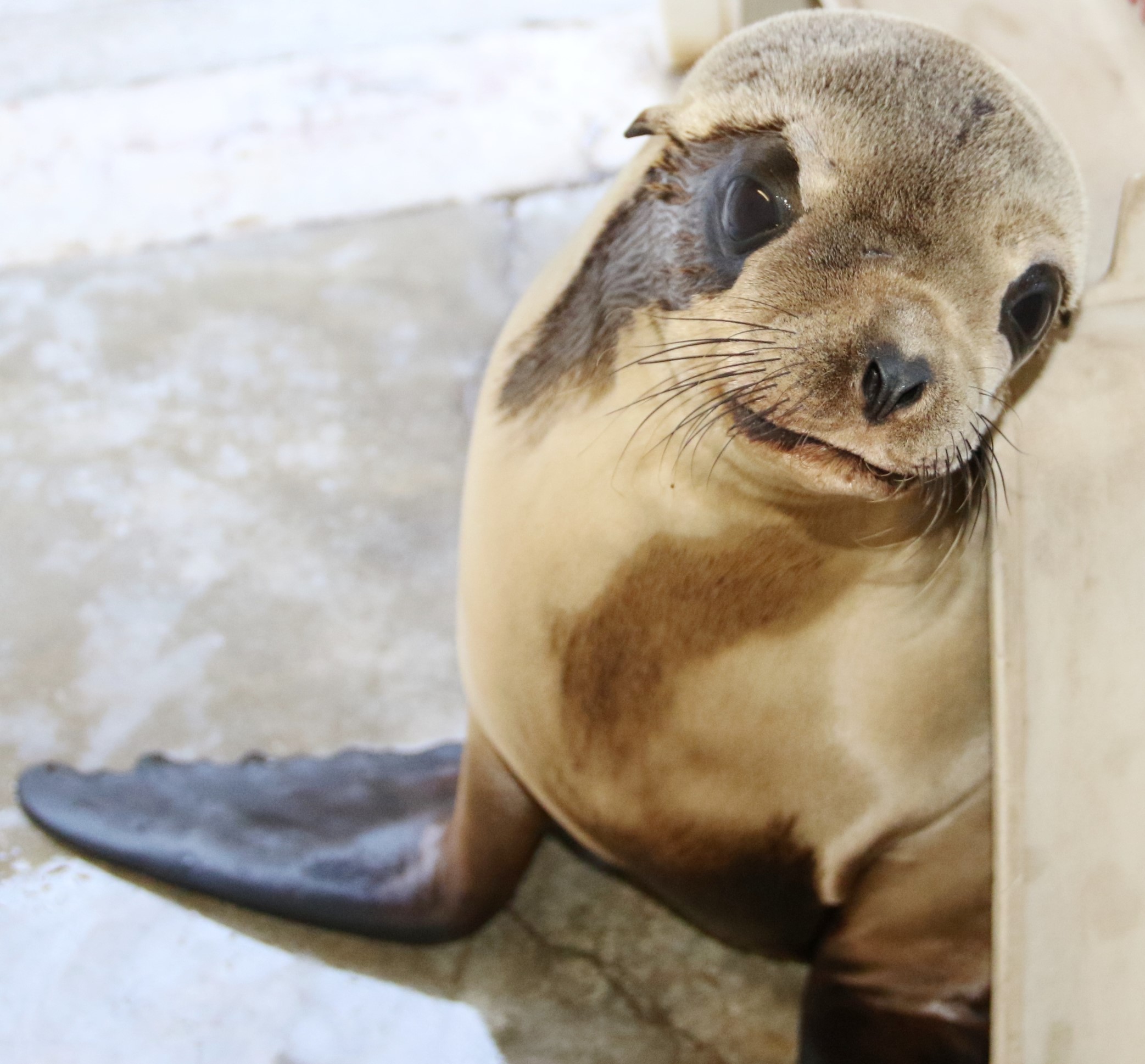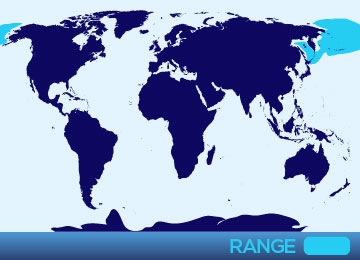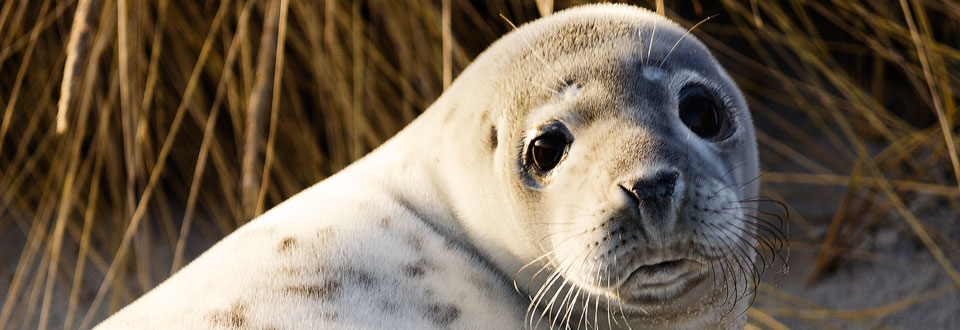
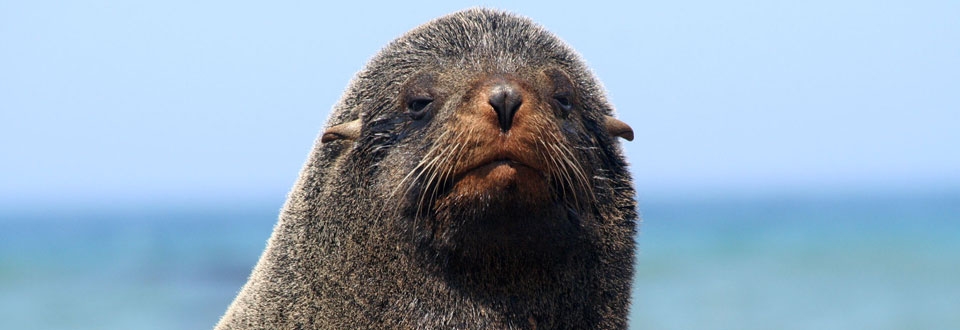
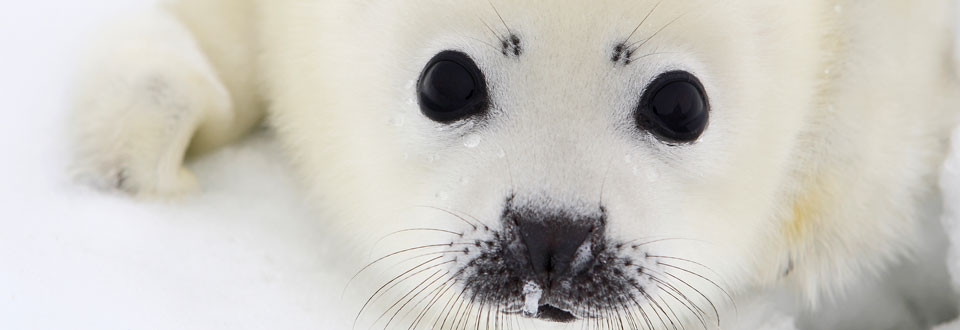
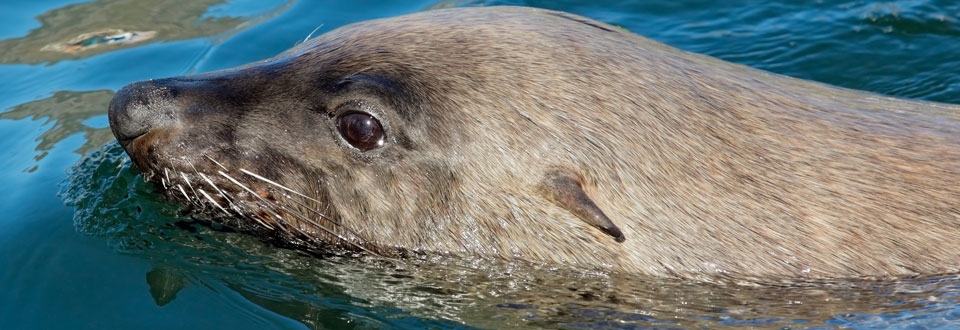
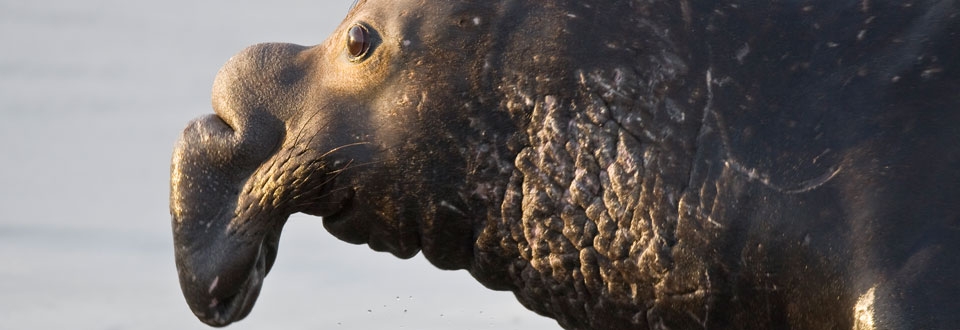
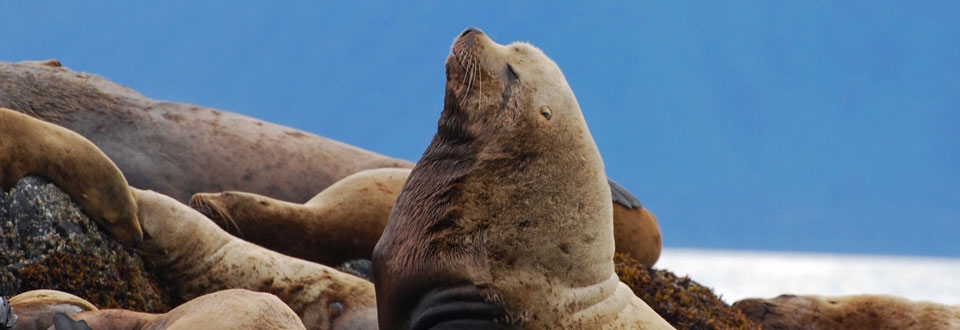
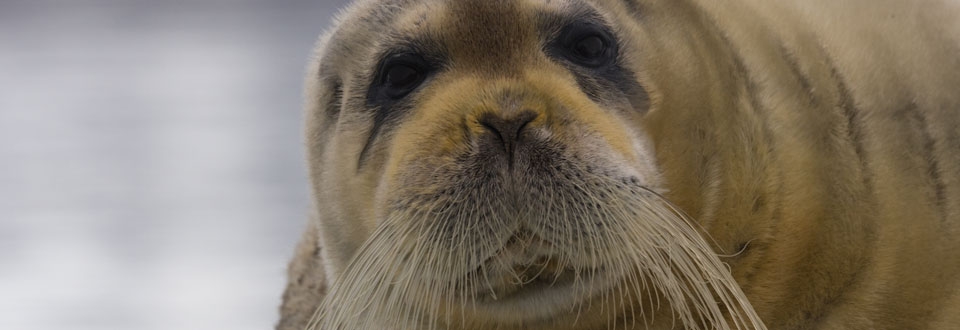
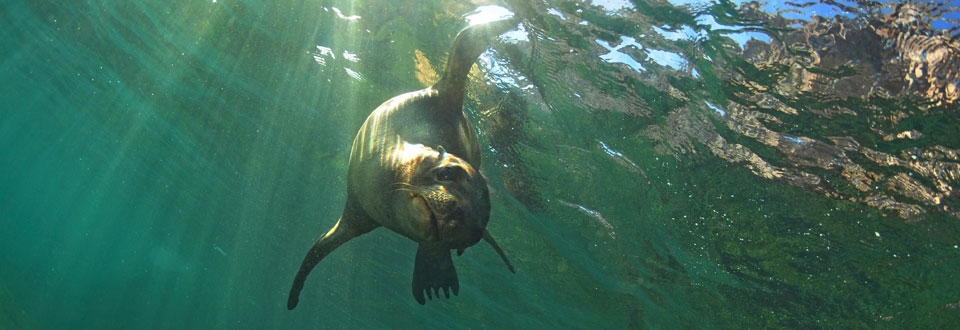
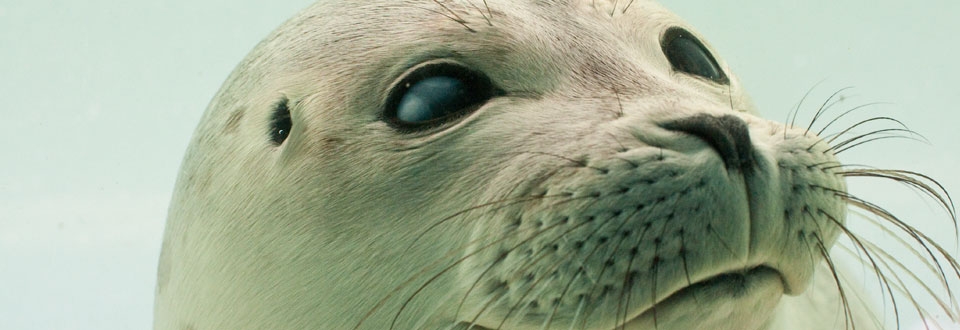
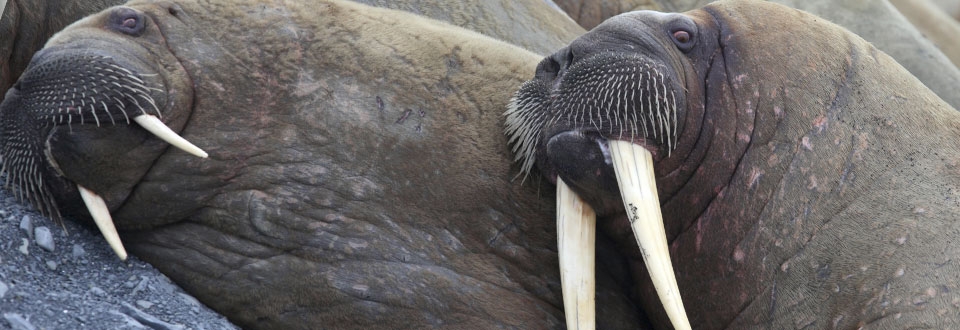
Pinniped Species
All
x
- – No known individuals remaining.
- – Known only to survive in captivity, or as a naturalized population outside its historic range.
- – Extremely high risk of extinction in the wild.
- – High risk of extinction in the wild.
- – High risk of endangerment in the wild.
- – Likely to become endangered in the near future.
- – Lowest risk. Does not qualify for a higher risk category. Widespread and abundant taxa are included in this category.
- – Not enough data to make an assessment of its risk of extinction.
- – Has not yet been evaluated against the criteria.
Ribbon Seal
- – No known individuals remaining.
- – Known only to survive in captivity, or as a naturalized population outside its historic range.
- – Extremely high risk of extinction in the wild.
- – High risk of extinction in the wild.
- – High risk of endangerment in the wild.
- – Likely to become endangered in the near future.
- – Lowest risk. Does not qualify for a higher risk category. Widespread and abundant taxa are included in this category.
- – Not enough data to make an assessment of its risk of extinction.
- – Has not yet been evaluated against the criteria.
Males – 5ft
Females – 5ft
Males – 175lbs
Females – 175lbs
Ribbon seals inhabit the North Pacific Oceans and parts of the Arctic Ocean. They are reliant upon the sea ice for mating, molting and caring for their pups.
These seals are named for their unique coloration of a dark body and light bands, or “ribbons” around the neck, front flippers and hips. Pups are born with a white wooly coat.
Shrimp, crabs, squid, octopus, cod, sculpin, Pollack, and capelin. Juveniles feed mostly on krill and shrimp.
The National Marine Mammal Laboratory is observing Ribbon seals so that we can increase our knowledge on their species. Currently, the Ribbon seal is a species of concern, but being looked into closely if it will be moved to the threatened or endangered list.
The breeding season for Ribbon seals are in May and they give birth late March and into April. Ribbon seals become sexually mature after 3-5 years.
Due to this species relying on sea ice, climate change is becoming a large threat. Other factors include human impacts such as oil spills, by-catch, and annual harvests of the seals continue, though the numbers of these harvests are historically low.
Most seals move like a caterpillar when on land; rather Ribbon seals run across ice by alternating front flippers and swinging their hindquarters back and forth.




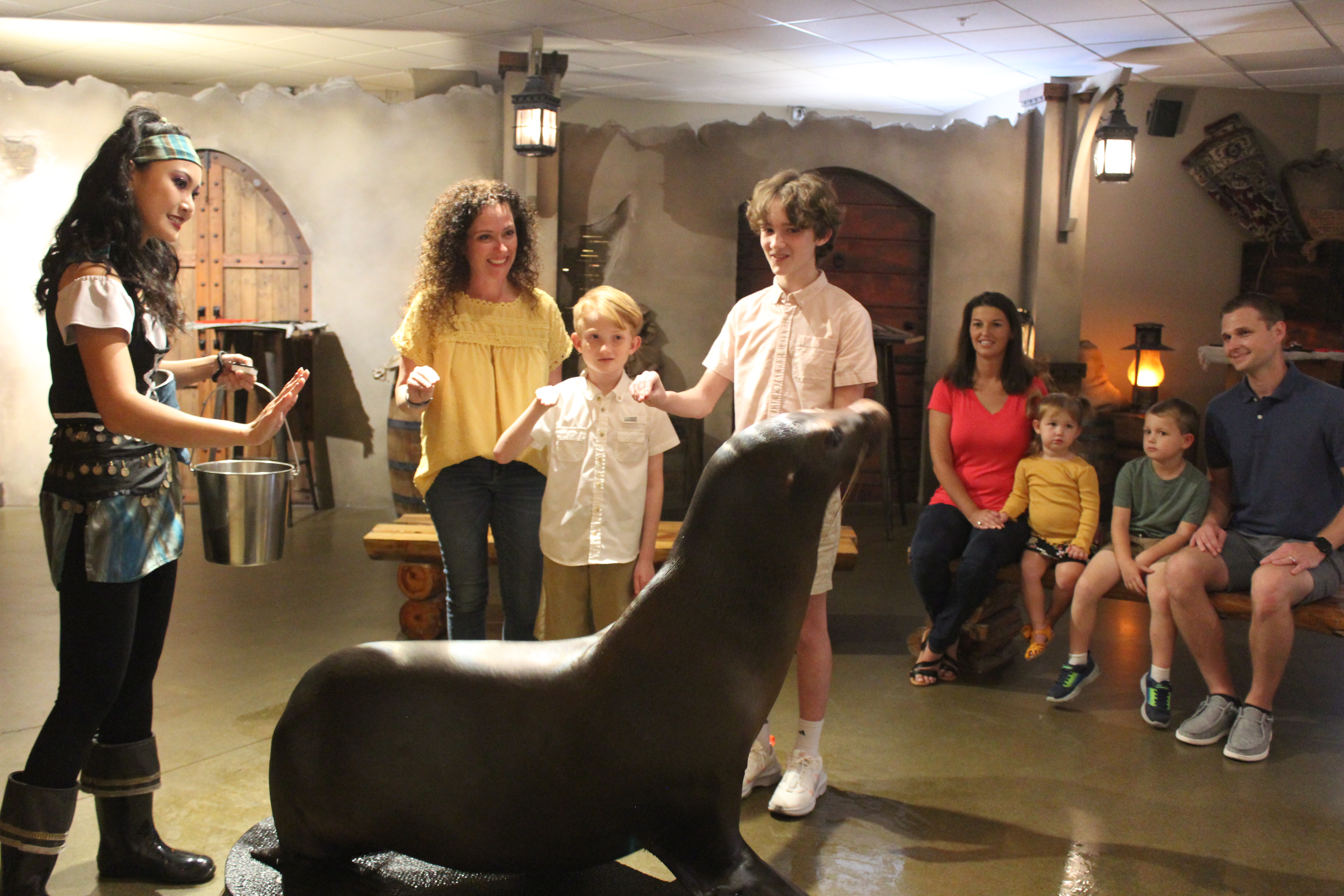 Animal Encounter
Animal Encounter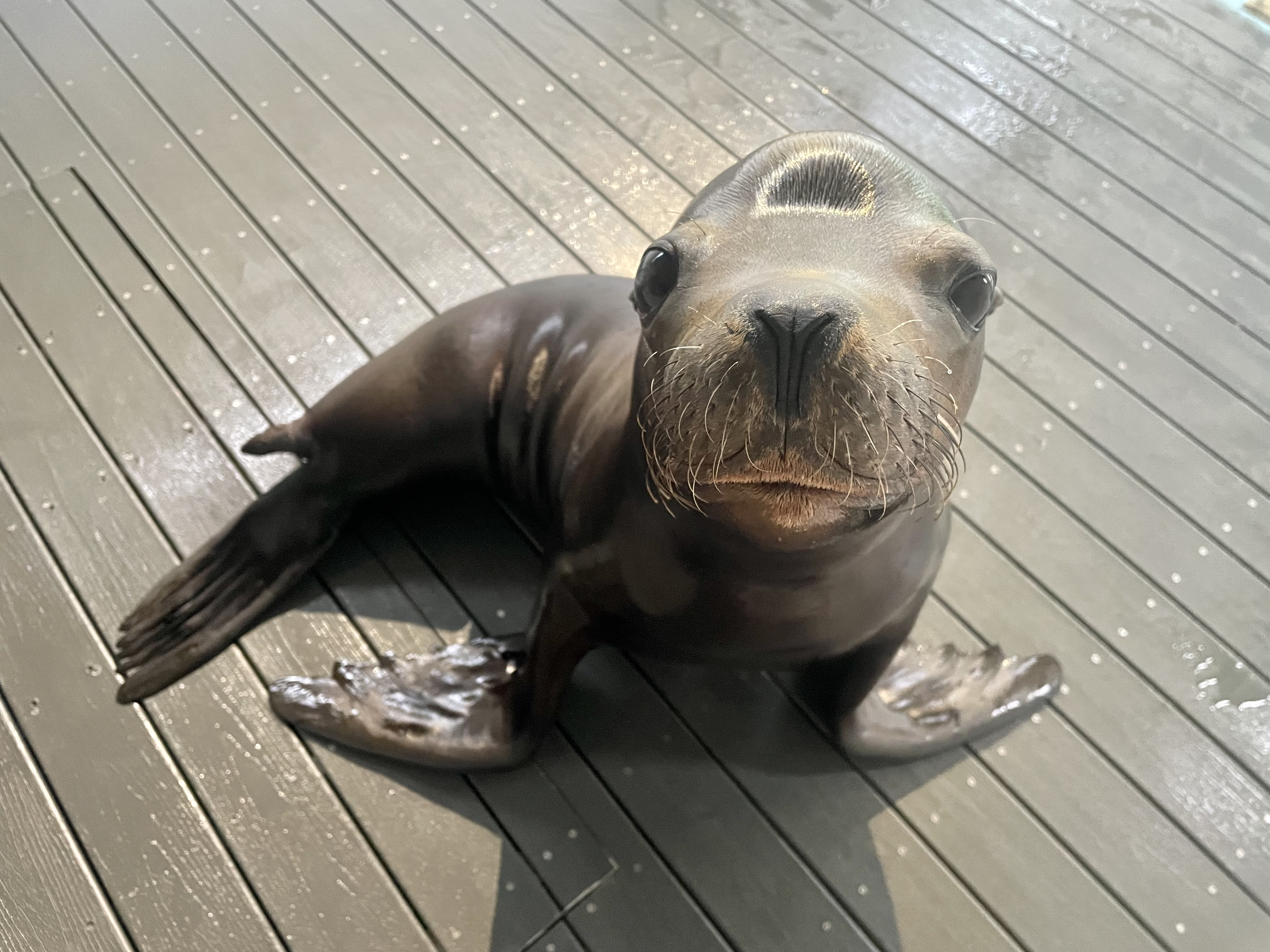 Our Locations
Our Locations
 Family Fun
Family Fun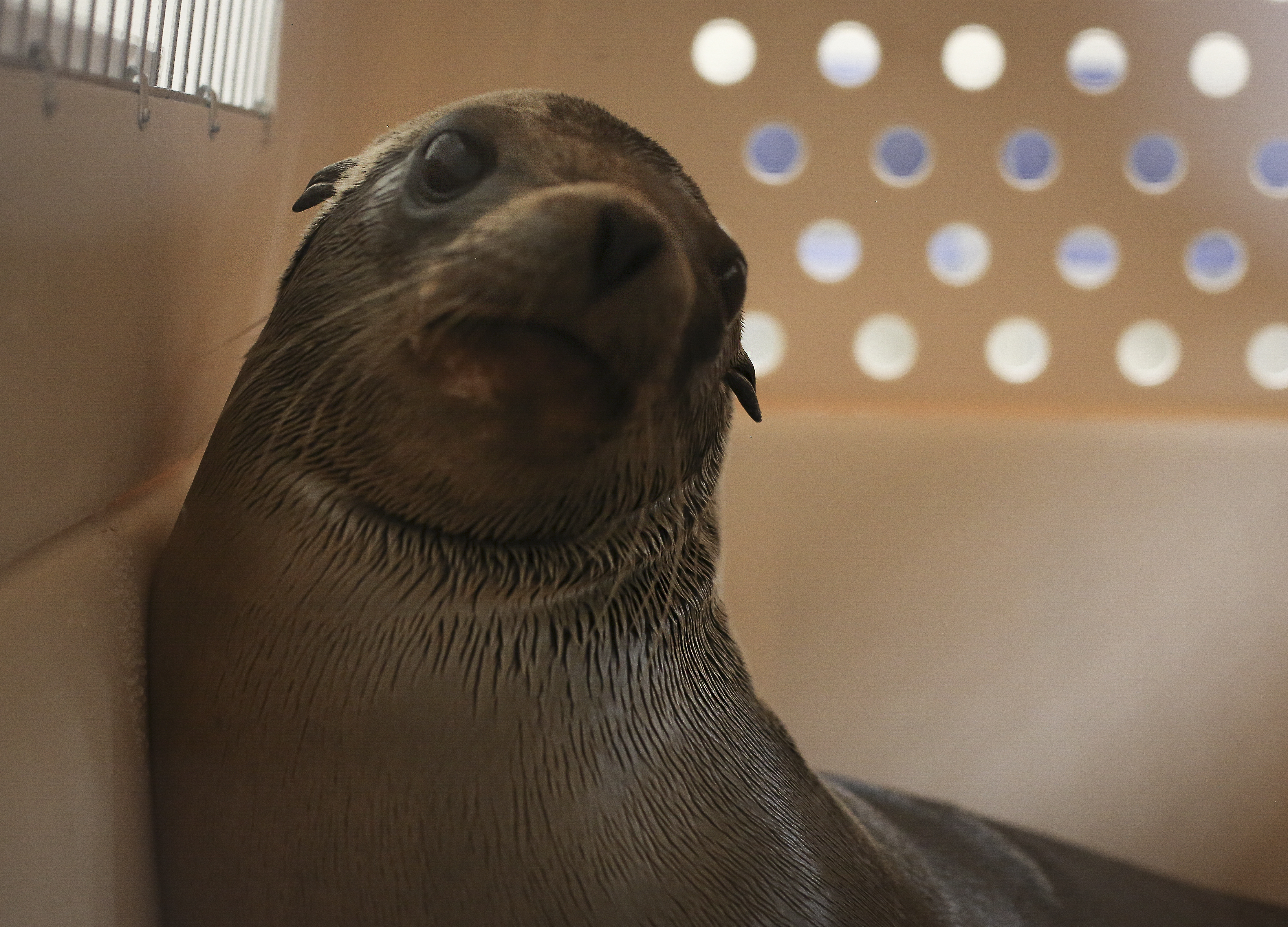
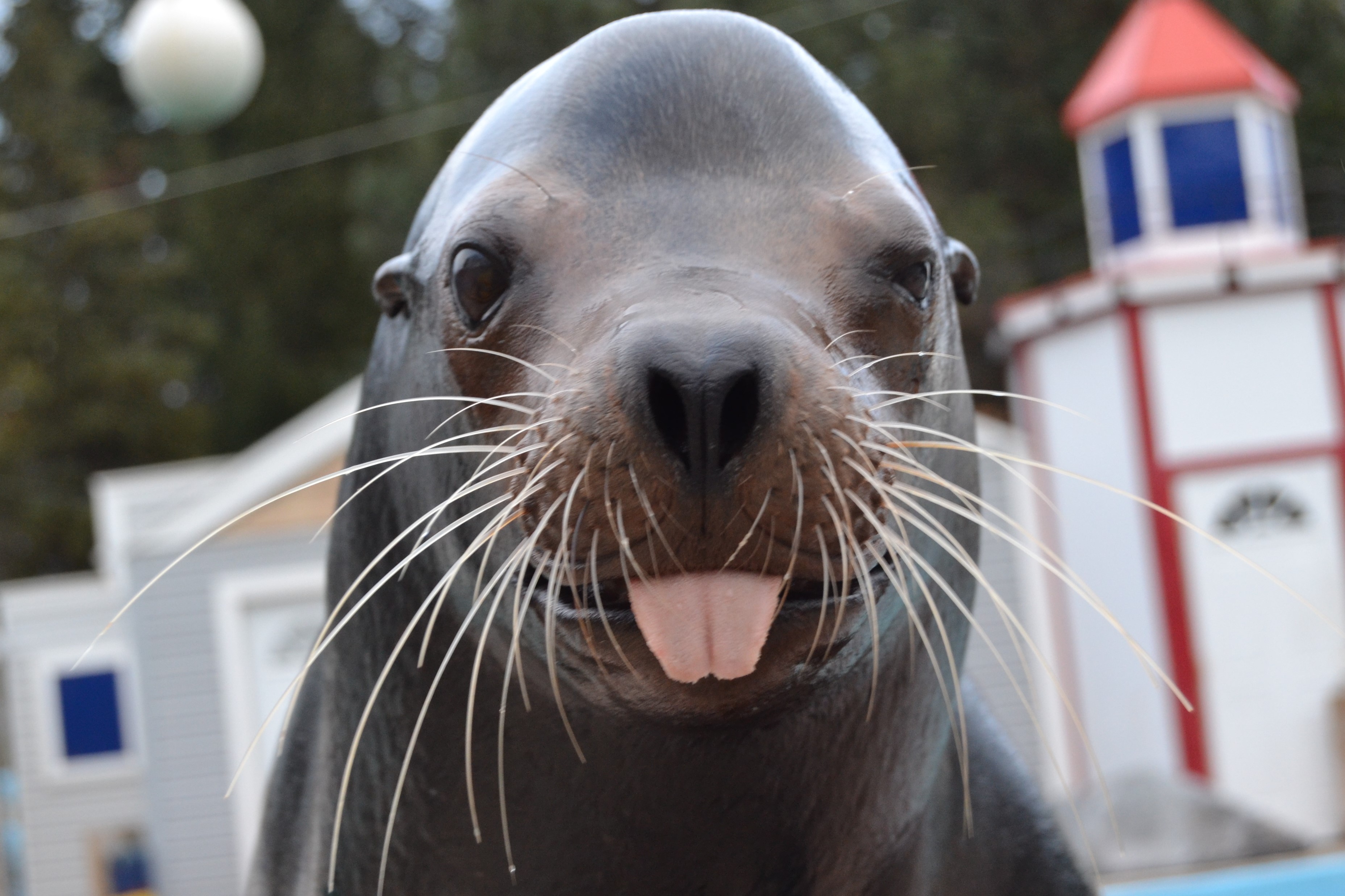
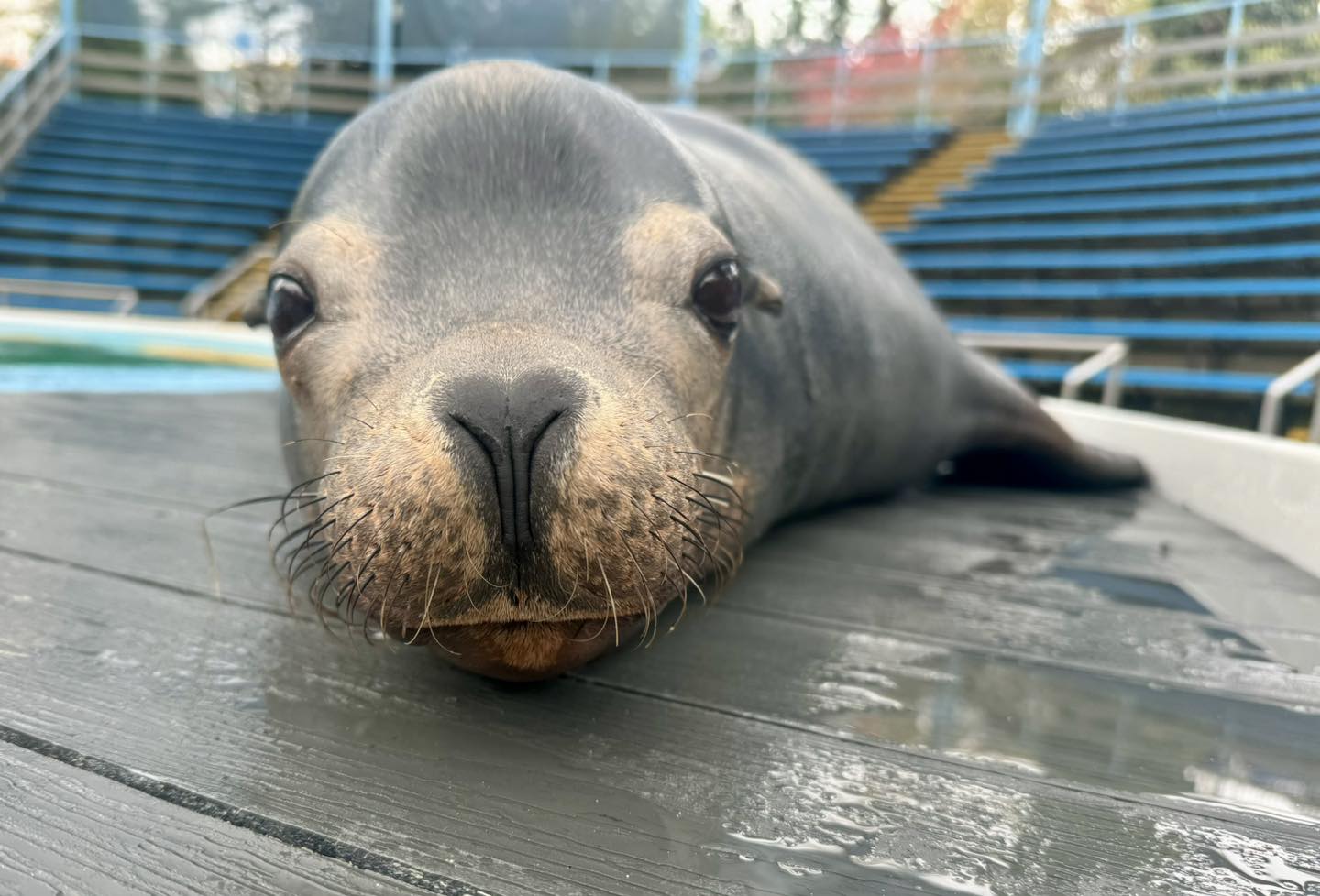 Meet Ripley!
Meet Ripley!

